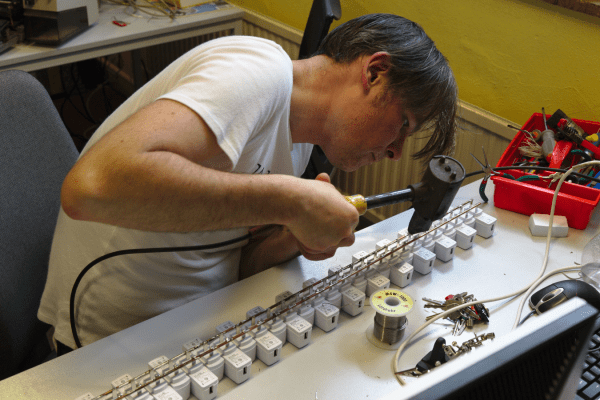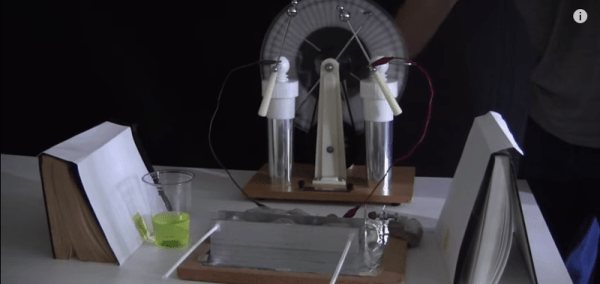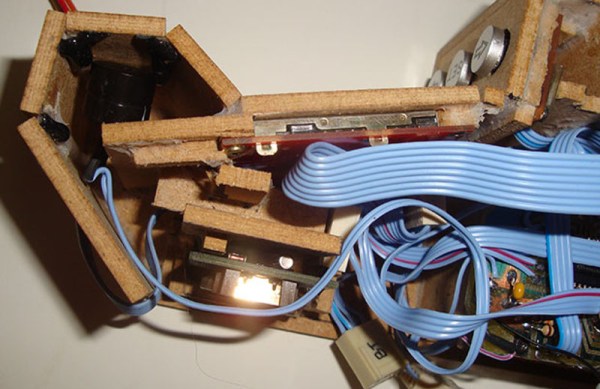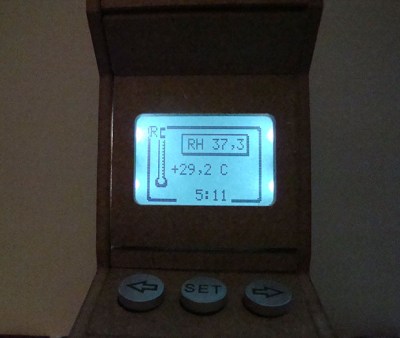This is your 90-minute warning. This week’s Collabatorium begins in just 1.5 hours and you’re invited. To join in just click the “Request to join this project” found on the left sidebar of the Hacker Channel page.
Once you’ve joined you can open up the Group Messaging for that project, one of the many awesome collaboration features on Hackaday.io. Starting at 1700 UTC we’ll launch the Collabatorium to celebrate, discuss, encourage, and find partners for 2015 Hackaday Prize Entries. This edition of the live event is hosted by [Sophi Kravitz] and [Jasmine Brackett].
 While we have your attention, here’s another reminder to head on over and Vote in Astronaut or Not. Each week we draw a random hacker number for a $1000 giveaway, but only if you have voted!. The next drawing is TODAY so get at least one vote in right away to qualify.
While we have your attention, here’s another reminder to head on over and Vote in Astronaut or Not. Each week we draw a random hacker number for a $1000 giveaway, but only if you have voted!. The next drawing is TODAY so get at least one vote in right away to qualify.










 Standing only about 16 cm tall, the cabinet is quite detailed and resembles the familiar arcade form factor that has consumed countless quarters. It even appears to be made of particle board like the big boys. The screen cutout is filled by a 84×48 monochrome Nokia display, and the rest of the cabinet’s interior is stuffed with a CNC-milled PCB, temperature and humidity sensors, an RTC, and a Bluetooth module for uploading data to a phone. [Rui] even manages to work in an homage to the grand-daddy of all arcade games with a Pong splash screen.
Standing only about 16 cm tall, the cabinet is quite detailed and resembles the familiar arcade form factor that has consumed countless quarters. It even appears to be made of particle board like the big boys. The screen cutout is filled by a 84×48 monochrome Nokia display, and the rest of the cabinet’s interior is stuffed with a CNC-milled PCB, temperature and humidity sensors, an RTC, and a Bluetooth module for uploading data to a phone. [Rui] even manages to work in an homage to the grand-daddy of all arcade games with a Pong splash screen.








